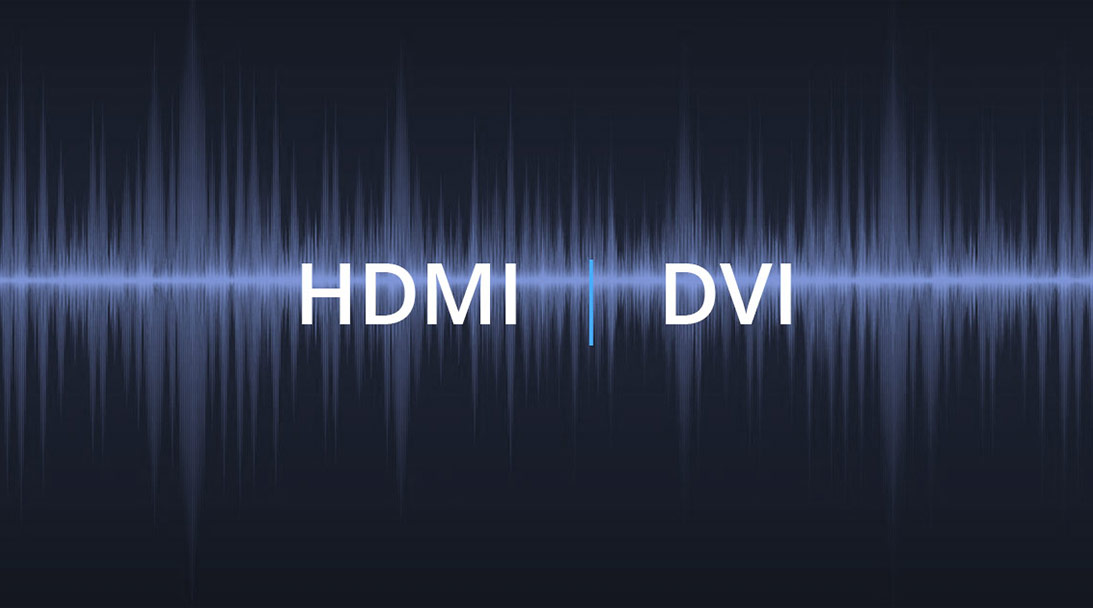@starshipeleven: I don't need to try that since the AMD guy confirmed that the HDMI audio code for AMDGPU isn't mainlined yet.
Announcement
Collapse
No announcement yet.
Open-Source AMD Polaris Audio Support Isn't Coming Until DAL Lands
Collapse
X
-
this unapproved post feature is starting to be VERY VERY VERY annoying.
@bug77: AFAIK HDMI sends both audio and video through the same pins using the same protocol (TMDS), so whatever adds the audio to the HDMI stream is also very connected to crucial parts of the driver.
This means you can (among other things) sniff full HDMI output from DVI ports too (that shouldn't carry audio) as long as the source is on HDMI.
 Think you can't capture HDMI audio over DVI? Many people want to understand how Epiphan accomplishes this. Find out how we do it (no, it's not magic)!
Think you can't capture HDMI audio over DVI? Many people want to understand how Epiphan accomplishes this. Find out how we do it (no, it's not magic)!
If audio was running on separated lines using its own protocol it would have been a whole lot easier.
- Likes 1
Comment
-
Why this useless garbage thing is stopping my posts? At least it should notify people when they are unblocked so they can read them, posting like this is ninja.
bug77 : AFAIK HDMI sends both audio and video through the same pins using the same protocol (TMDS), so whatever adds the audio to the HDMI stream is also very connected to crucial parts of the driver.
This means you can (among other things) sniff full HDMI output from DVI ports too (that shouldn't carry audio) as long as the source is on HDMI.
htt ps://w ww.epiphan.co m/blog/hdmi-audio-over-dvi-how-does-that-work/
If audio was running on separated lines using its own protocol it would have been a whole lot easier.
- Likes 1
Comment
-
Why this useless garbage thing is stopping my posts? At least it should notify people when they are unblocked so they can read them, posting like this is ninja.
@bug77: AFAIK HDMI sends both audio and video through the same pins using the same protocol (TMDS), so whatever adds the audio to the HDMI stream is also very connected to crucial parts of the driver.
This means you can (among other things) sniff full HDMI output from DVI ports too (that shouldn't carry audio) as long as the source is on HDMI.
If audio was running on separated lines using its own protocol it would have been a whole lot easier.
- Likes 1
Comment
-
@bug77: AFAIK HDMI sends both audio and video through the same pins using the same protocol (TMDS), so whatever adds the audio to the HDMI stream is also very connected to crucial parts of the driver.
If audio was running on separated lines using its own protocol it would have been a whole lot easier.
Comment
-
I was using radeonsi with my old HD 7770. It stopped working with Linux 3.19. Sometimes, I got heavy stuttering audio output but the most time it was dead. A few kernel versions later PulseAudio only showed "unplugged" for HDMI. Today on AMDGPU with my new R9 380, it still doesn't work because it requires the new DAL stuff.
BTW, tried today to compile the amd-staging-4.6 branch. It was a disaster. Lots of compiler errors and I even failed to compile the kernel with the hacky patch from here: https://bugs.freedesktop.org/show_bug.cgi?id=97258
Comment
-
IMO the most reliable way to access linux filesystems on windows is to run a minimal virtual machine that mounts the partition and creates a network share.Originally posted by holunder View Post@TomTomme: The highly experimental btrfs driver for Windows requires compilation and Windows booted into safe mode, besides it seems it is rw by default and it would be great idiocy to let it go on my unmirrowed data…
Something like this:
- Likes 1
Comment
-
winie Thank you! Remembered that it is possible to use VirtualBox for this. E.g., this command creates a 'harddisk' file which links to the metal one:
VBoxManage internalcommands createrawvmdk -filename SDX.vdi -rawdisk /dev/sdX
Now I have to find out how this rawdisk is called under Windows…
Comment

Comment